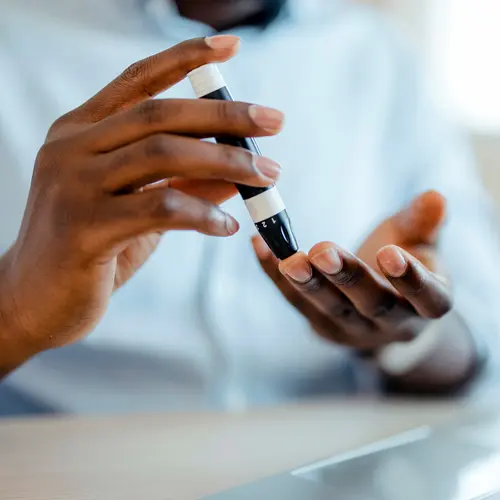Whether you travel for business or pleasure, a little extra effort before you leave can make your trip go more smoothly. Just like you plan where you'll stay and check the weather at your destination, you can prep to keep up with your diabetes treatment plan so you'll keep your blood sugar levels in check.
Before Your Trip
Tell your doctor about your plans. If you'll be crossing time zones, ask them about how to adjust your insulin doses.
Will you need special meals? Talk to the airline, hotel, or cruise ship about that.
If you're going to visit another country, check to see if you need to get any immunizations before you go. Plan to get them 3 to 4 weeks before your trip. Some shots can affect your blood sugar levels, so ask your doctor about that.
And along with learning how to say hello and thank you, learn some diabetes-specific phrases in the local language just in case, such as "I have diabetes" and "I need sugar."
You could also scope out health care centers in the places you're going. But remember, if you manage your diabetes well, you shouldn't need to go to one.
What Should You Take?
Your bag should include:
- Medical identification that says you have diabetes
- A piece of paper or card with your doctor's name and phone number
- A list of all the medicines you take
- Your prescription drugs, syringes, inhaler and cartridges, and blood sugar testing supplies. Keep them in your carry-on luggage so they don't get lost or sit in an unheated, uncooled cargo hold.
- Enough medicines and diabetes supplies to last an extra week
- A quick fix for low blood sugar, like hard candy or juice boxes
Breeze Through the Airport
Let your security screener know that you have diabetes and that you've brought medical supplies. You can take them on board, but they must have a prescription label and the maker's label.
You can also take syringes with you if you have insulin, too.
Do you wear an insulin pump? Tell the security agent. They'll inspect the meter, but ask them not to remove it.
When in doubt, check the Transportation Security Administration website for the latest list of what you can bring with you.
Taking Insulin While You Travel
If you need an insulin shot during a flight, follow your normal procedure. But put only half as much air as usual into your insulin bottle. Air pressure on the plane is not the same as on the ground.
If you take inhaled insulin on a plane, you don't need to do anything different.
Store your insulin bottles and unopened packages of inhaled insulin between 33 F and 80 F. Don't freeze insulin or keep it in direct sun. Once you open a package of the inhaled type, you can keep it at room temperature safely for 10 days.
Care for Your Feet
Keep them feeling comfy. Pack your favorite walking shoes, socks, and a first-aid kit to treat minor foot injuries.
Bring at least two pairs of shoes so you can change them often. This can help you avoid blisters and sore pressure points.
As tempting as it may be, don't go barefoot -- not even by the pool or shore or as you swim.
Avoid open-toe shoes like sandals or flip-flops. Exposed toes make injuries and infections more likely.
Follow your daily foot care routine when you're away. For instance, wash your feet, dry between your toes, moisturize, and note any problems like cuts or soreness.
If you have any problems, get medical care right away, just like you would at home.

